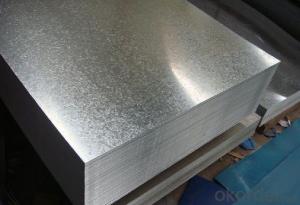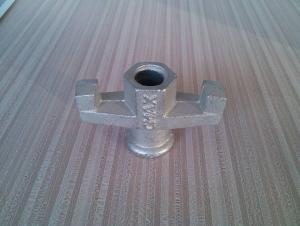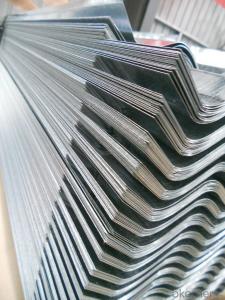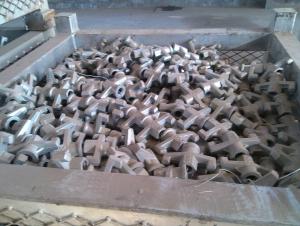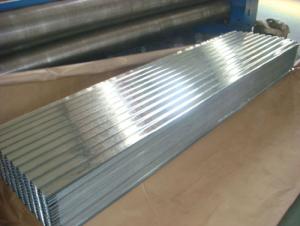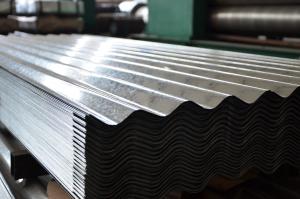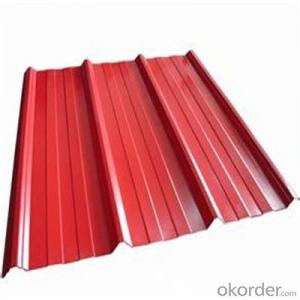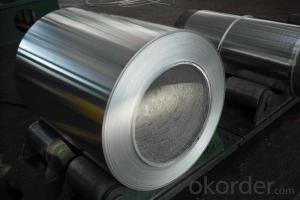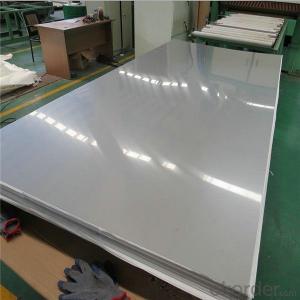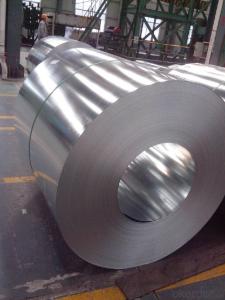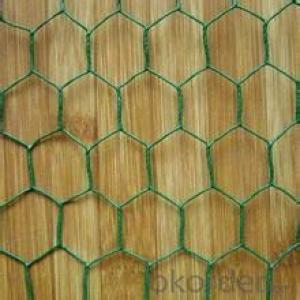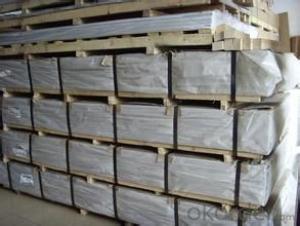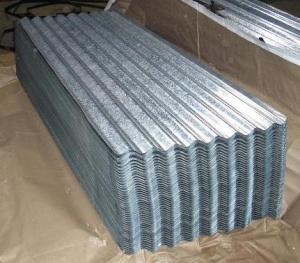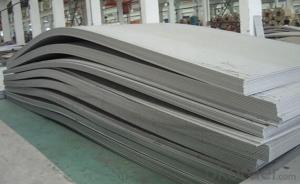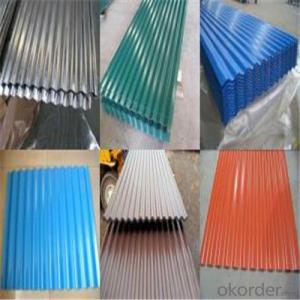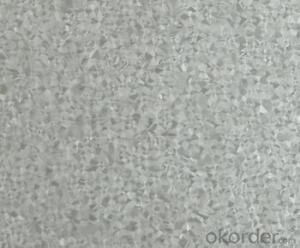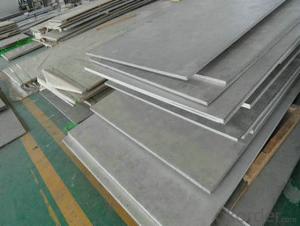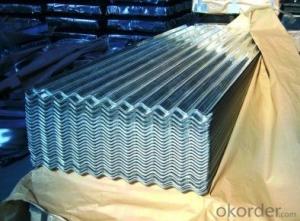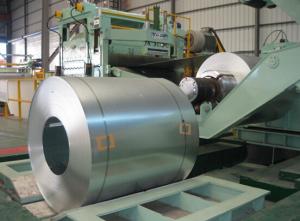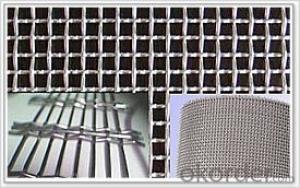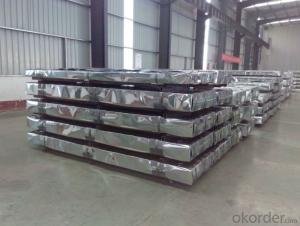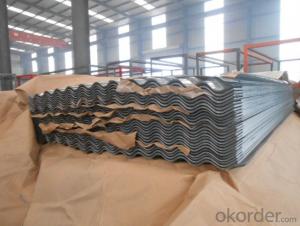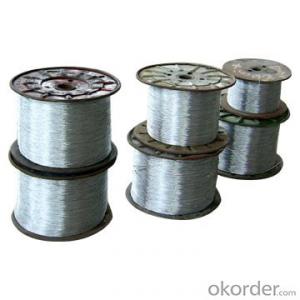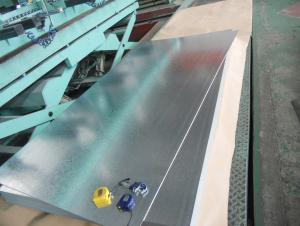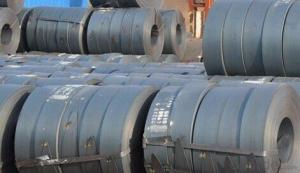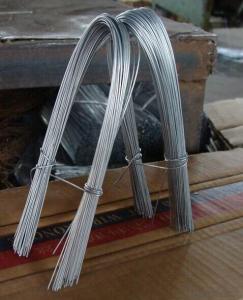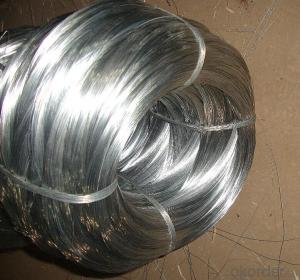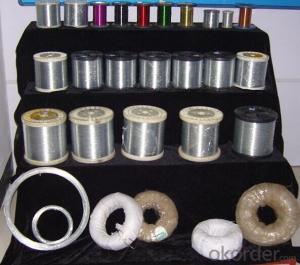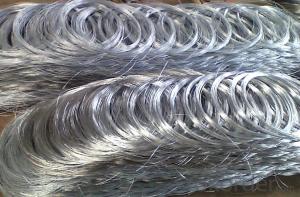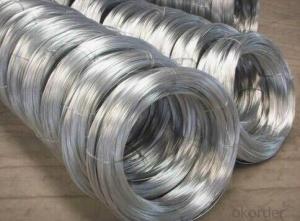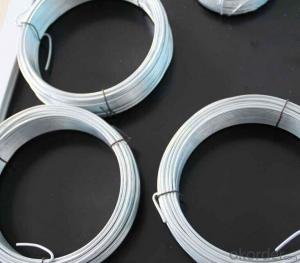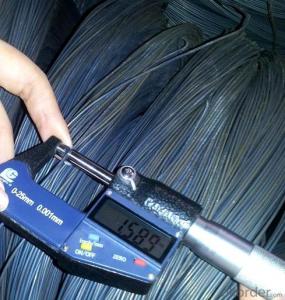18 Gauge Galvanized Sheet Metal
18 Gauge Galvanized Sheet Metal Related Searches
28 Gauge Galvanized Sheet Metal 24 Gauge Galvanized Sheet Metal 18 Gauge Aluminum Sheet 19 Gauge Sheet Metal 18 Gauge Stainless Steel 4X8 Galvanized Sheet Metal Galvanized Sheet Metal 4X8 16 Gauge Sheet Steel Sheet Metal 20 Gauge Galvanized Steel Sheet 4x8 30 Gauge Sheet Metal 22 Gauge Sheet Metal 4X8 16 Gauge Stainless Steel Sheet 18ga Stainless Steel 20 Gauge Aluminum Sheet 20 Gauge Stainless Steel Sheet 14 Gauge Aluminum Sheet 18/8 Stainless Steel Stainless Steel 20 Gauge Sheet 16 Gage Sheet Metal Galvanized Steel Shed 18 8 Stainless Steel 18/0 Stainless Steel Stainless Steel 18 8 Stainless Steel 18/8 1 8 Stainless Steel Sheet Steel Galvanized 18-8 Stainless Steel 18 0 Stainless Steel Galvanised Steel Corrugated Roofing Sheets18 Gauge Galvanized Sheet Metal Supplier & Manufacturer from China
18 Gauge Galvanized Sheet Metal is a type of metal product that is made from steel sheets coated with a protective layer of zinc. This coating provides corrosion resistance and enhances the durability of the sheet metal, making it suitable for various applications. The 18 gauge thickness offers a balance between strength and flexibility, making it a popular choice for both commercial and residential projects.The 18 Gauge Galvanized Sheet Metal is widely used in construction, automotive, and agricultural industries due to its strength, durability, and resistance to rust. It is commonly used for roofing, siding, fencing, and various other structural applications where a long-lasting and weather-resistant material is required. Additionally, it can be easily cut, bent, and shaped, making it a versatile option for a wide range of projects.
Okorder.com is a leading wholesale supplier of 18 Gauge Galvanized Sheet Metal, offering a vast inventory of this product to cater to the needs of various industries. With a commitment to providing high-quality materials at competitive prices, Okorder.com ensures that customers can access the 18 Gauge Galvanized Sheet Metal they need for their projects without compromising on quality or budget.
Hot Products

